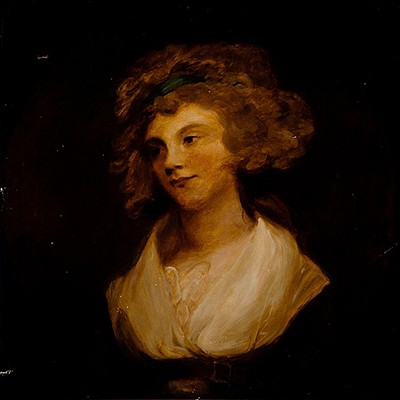Bust of Christ; Andalusian School; late seventeenth century. Plaster wood, glued cloth, and eyes of vitreous paste.
About Seller
Carrer Aragó 346
Barcelona
Spain
Setdart Subastas was born in 2004 and is currently the first online art auction in Spain with solidity, prestige and reliability guaranteed by our more than 60,000 users. Setdart has a young, dynamic and enterprising team ready to successfully manage the purchase and sale of art works through custom...Read more
Two ways to bid:
- Leave a max absentee bid and the platform will bid on your behalf up to your maximum bid during the live auction.
- Bid live during the auction and your bids will be submitted real-time to the auctioneer.
Bid Increments
| Price | Bid Increment |
|---|---|
| EUR€0 | EUR€10 |
| EUR€200 | EUR€25 |
| EUR€500 | EUR€50 |
| EUR€1,000 | EUR€100 |
| EUR€3,000 | EUR€200 |
| EUR€5,000 | EUR€500 |
| EUR€10,000 | EUR€1,000 |
| EUR€20,000 | EUR€2,000 |
| EUR€50,000 | EUR€5,000 |
About Auction
Nov 25, 2021
Setdart Auction House sofia@setdart.com
- Lot Description
Bust of Christ; Andalusian School; late seventeenth century. Plaster wood, glued cloth, and eyes of vitreous paste. Measurements: 28 x 30 x 17 cm. Arranged on a pedestal that is formed with a first golden base and a second one simulating marble, is the bust of Christ. It is a representation that alludes to the moment of Christ's passion, since he wears the crown of thorns and on his face you can see the blood flowing from his temple wounds. Within this panorama, the leading role played by the Andalusian school of sculpture during the period that has come to be called the Golden Age is evident; to it belong a series of masters of unquestionable worth who knew how to combine in their works the extraordinary technical quality and religious depth, in accordance with the atmosphere of their time, fully connected with the tastes of the clientele, more interested in the work of religious themes than in commissions of a profane nature, thus marking a substantial difference with respect to the production of other European countries. Another differentiating aspect, although common with other national centers, is the material with which the works are made; the Andalusian sculpture is made of polychrome wood, a task of capital importance, since the final result of the work depends largely on it. The process had to be carried out by examined masters, and it could happen that the sculptor himself was also the painter. On the other hand, it is also worth mentioning that the economic development and the strength that Seville experienced after the Discovery, having become the gateway and port of the Indies, was quickly reflected in art; from the first decades of the century, masters of different origins began to constantly come to the city in search of the American market and the potential Sevillian clientele, increasingly attracted by the new artistic forms arriving from Italy. Italian, French and Flemish masters, with varying degrees of knowledge of the new aesthetics, alternate with artists from Castilian lands, who have also come into contact with the prevailing artistic currents in the Italian peninsula, thus becoming the most sought after in the art market. The teachings of all of them, together with the classical substratum inherent to the Andalusian culture itself, will constitute the foundations on which the Andalusian sculptural school will be built.
Dimensions:
INV Number:
28 x 30 x 17 cm.
35121918 - Shipping Info
-
In-house shipping available. Please inquire at admin@setdart.com.
-
- Buyer's Premium



 EUR
EUR CAD
CAD AUD
AUD GBP
GBP MXN
MXN HKD
HKD CNY
CNY MYR
MYR SEK
SEK SGD
SGD CHF
CHF THB
THB















